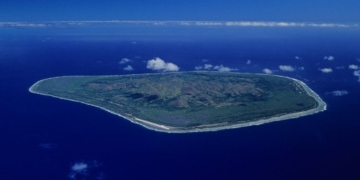Today, technological advancements have enabled humans to explore the farthest corners of the Earth. However, scientists indicate that there are many places that remain inaccessible for various reasons. What are these locations? Let’s explore through the article below!
1. North Sentinel Island, India
North Sentinel Island is known to have an indigenous population, yet it remains a mystery to this day. This island is part of the Andaman and Nicobar Islands in the Bay of Bengal, India, covering an area of approximately 59.67 km². It is almost entirely covered by dense forest, except for a narrow coastal strip. The terrain rises gradually from the shore, and it also features a small islet known as Constance Islet.
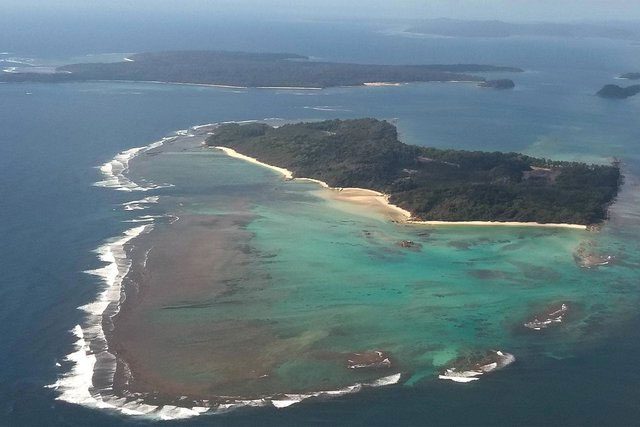
North Sentinel Island may appear peaceful, but no one dares to approach due to the fierce resistance from its indigenous tribe. (Photo: RT)
The inhabitants of North Sentinel Island are known as the Sentinelese. They are believed to have lived on the island for nearly 60,000 years. This tribe has not been influenced by modern civilization, as they continue to practice hunting and gathering. According to anthropologists, the Sentinelese may be descendants of one of the first groups to leave Africa and migrate to North Sentinel Island.
From the outside, North Sentinel Island appears to be a tranquil place, but there are very few images of it. Explorers and tourists have only dared to take pictures from the air or from a distance due to the fearsome reputation of the Sentinel tribe. The islanders have consistently attacked anyone attempting to approach, so to this day, no one has set foot there.
2. Vostok Lake, Antarctica
Vostok Lake, also known as Lake East, is the largest of over 140 subglacial lakes in Antarctica. Scientists consider Vostok Lake to be one of the most mysterious places on the planet. They estimate that this lake has been isolated from the outside world for about 15 to 25 million years beneath a thick ice layer of up to 4 km.
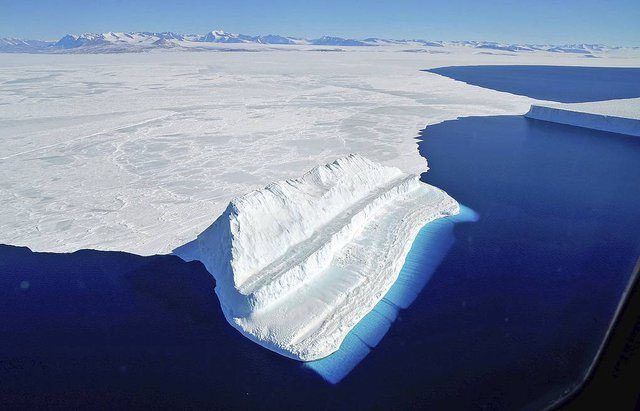
Vostok Lake has been isolated from the outside world for millions of years by a thick layer of ice reaching up to 4 km. (Photo: RT)
Despite being cut off from sunlight under such thick ice, the water flow in Vostok Lake somehow persists. Scientists believe that if they can explore Vostok Lake, they will have more opportunities to study Earth’s life over millions of years in this area.
3. Sakha, Russia
Sakha, also known as Yakutia, is a region located in the northeastern part of Russia. Sakha is quite isolated from the outside world, so not many people are aware of its existence. This region has the most extreme climate on the planet, with an average winter temperature of -46 degrees Celsius. Cold air from the Arctic continuously moves into this area and accumulates in low-lying regions.
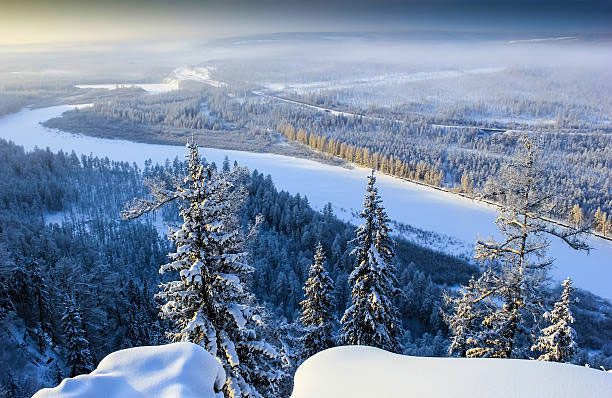
Sakha is too cold, making it a land filled with many unexplored mysteries. (Photo: RT)
The lives of the local people depend on the glaciers. They sustain themselves through reindeer herding, hunting, and fishing. Moreover, beneath these glaciers lie many fossils of ancient mammoths that are still intact. However, due to the extreme cold in Sakha, it remains a region filled with mysteries yet to be discovered.
4. Honokohau Falls, Maui, USA
Honokohau Falls is renowned as the highest waterfall on the island of Maui, standing at 341 meters. This waterfall is named after the Honokohau River, a long river that flows from the summit of Puu Kukui, which receives the highest rainfall in the world. The scenery surrounding this waterfall resembles a scene from the movie “Jurassic Park.”

No one has conquered Honokohau Falls due to its incredible height and vertical terrain. (Photo: RT)
However, reaching Honokohau Falls is not easy. To date, no one has succeeded in conquering it because of its staggering height and vertical terrain. The only way to visit this location is by helicopter rather than by car or trekking.
5. Mariana Trench, Pacific Ocean
The Mariana Trench is located off the coast of Japan in the Pacific Ocean and is the deepest oceanic trench on Earth. In a recent study in December 2021, the National Oceanic and Atmospheric Administration (NOAA) used pressure sensors to accurately measure the depth of the Challenger Deep, the deepest point of the Mariana Trench, which is 10,935 meters. For comparison, the highest mountain in the world, Mount Everest, stands at 8,848 meters above sea level. This means that the Mariana Trench is deeper than the height of Mount Everest by approximately 2,147 meters.
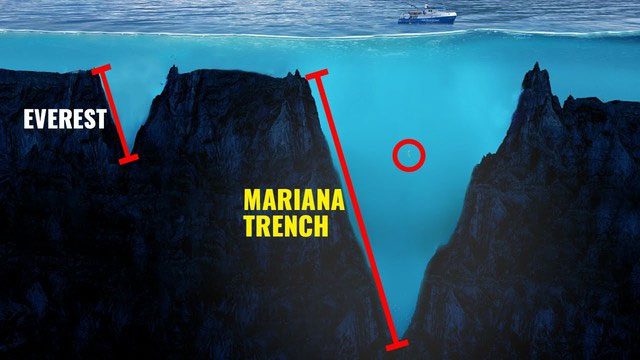
The Mariana Trench is deeper than the height of Mount Everest by approximately 2,147 meters. (Photo: RT)
Although the Mariana Trench has extremely harsh living conditions, the organisms there continue to thrive in a rich and diverse manner. The three most common species at the bottom of the Mariana Trench are xenophyophore single-celled organisms, amphipod crustaceans, and small sea cucumbers.
Recently, renowned filmmaker James Cameron produced a documentary exploring the bottom of the Mariana Trench titled “DeepSea Challenge.” Cameron captured footage of many organisms and discovered a new species of sea cucumber.


















































